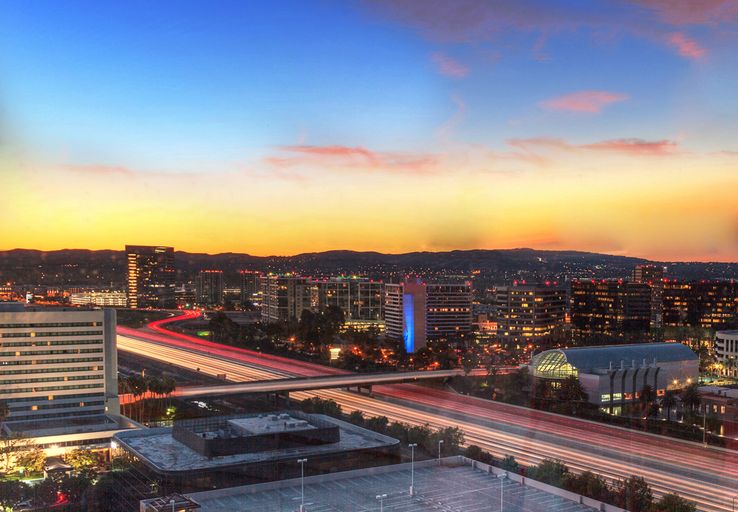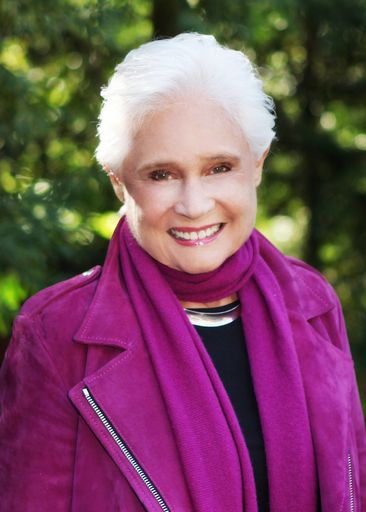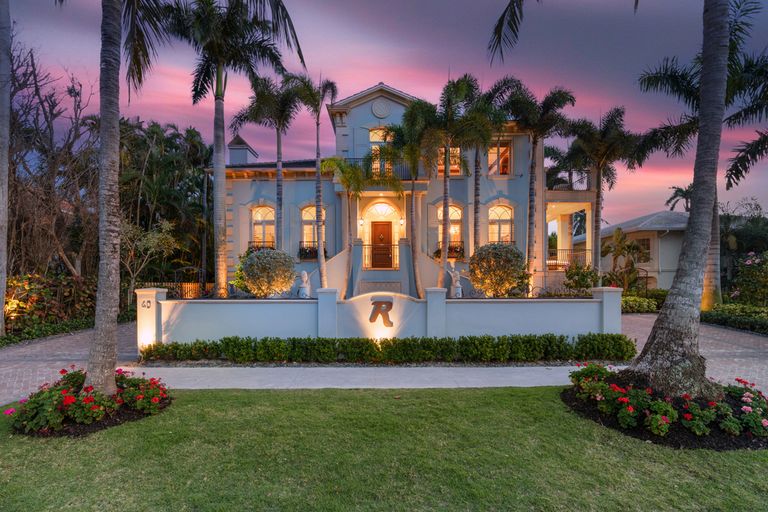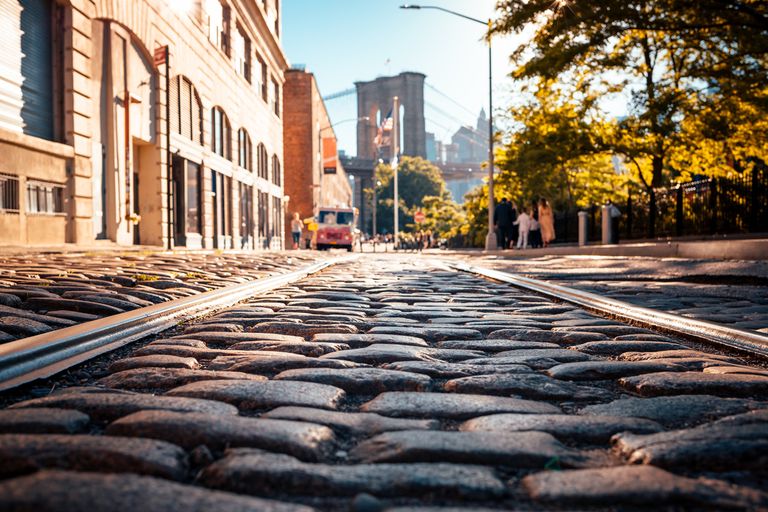
Future Wide Open: Inside the Audi Design Studio
“Sleek.” “Futuristic.” “Batmobile-like.” “Transformer.”
When Audi unveiled its skysphere concept at Monterey Car Week in August (the first of its three new autonomous “sphere” concepts), journalists in the auto world grasped for adequate descriptions. After all, how could one sum up a groundbreaking electric-powered, two-door convertible that transforms from a sporty roadster to a smooth grand tourer by physically altering its wheelbase? It seemed like a fantastical idea born out of a sci-fi film or a popular 1980s children’s cartoon rather than a real-life concept car from Ingolstadt, Germany.
 That last part is only partly true. While the Audi skysphere concept’s German pedigree is not in dispute, its conception and design originated in Malibu, nearly 6,000 miles away from Ingolstadt. Better known for celebrities than futuristic cars, the California surfer’s paradise may seem like an unlikely place for a century-old German car brand to place its best designers and visionaries under one roof. Audi doesn’t see it that way. The German marquee recently opened its brand-new Audi Design Studio just a stone’s throw away from the Pacific Coast Highway, the legendary coastal road that connects the suburbs of L.A. with northern California.
“Malibu is a combination of L.A. car culture, the SoCal lifestyle, the beautiful winding roads in theatrical settings and the exclusive residential neighborhoods inhabited by influential and creative people,” explains Studio manager Gael Buzyn. “We wanted to be closer to the buyers and the car culture that sets trends for the world.”
That last part is only partly true. While the Audi skysphere concept’s German pedigree is not in dispute, its conception and design originated in Malibu, nearly 6,000 miles away from Ingolstadt. Better known for celebrities than futuristic cars, the California surfer’s paradise may seem like an unlikely place for a century-old German car brand to place its best designers and visionaries under one roof. Audi doesn’t see it that way. The German marquee recently opened its brand-new Audi Design Studio just a stone’s throw away from the Pacific Coast Highway, the legendary coastal road that connects the suburbs of L.A. with northern California.
“Malibu is a combination of L.A. car culture, the SoCal lifestyle, the beautiful winding roads in theatrical settings and the exclusive residential neighborhoods inhabited by influential and creative people,” explains Studio manager Gael Buzyn. “We wanted to be closer to the buyers and the car culture that sets trends for the world.”
California, Center for Car Design
The Audi Design Studio — minimalist on the outside and mid-century modern on the inside, equipped with the latest in VR technology plus meeting space for VIPs in just over 500 square feet— is a metaphor for how far Buzyn and Audi have come. Buzyn, who left his native France for America’s western shores, started out alone in a 23-square-foot room in 2018. Today, he heads up a team of 12 designers and counting; there is space for 21 in the modern Malibu digs.
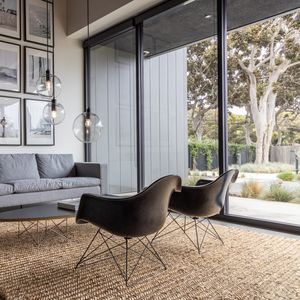 The PB18 — an all-electric, racing-inspired coupe — was the first vehicle to come out of Malibu in 2019. Buzyn’s team then turned its sights to the brand’s trio of sphere concepts, which have come to symbolize Audi’s future design direction as it pushes further into electrification and away from internal combustion. Following skysphere’s summer 2021 release, the grandsphere concept was introduced in early September as part of the Munich Auto Show. The urbansphere concept will be introduced at the Shanghai Auto Show in spring 2022. The Malibu group also had a hand in creating the forthcoming Q6 E-Tron, which will be shown next year.
The PB18 — an all-electric, racing-inspired coupe — was the first vehicle to come out of Malibu in 2019. Buzyn’s team then turned its sights to the brand’s trio of sphere concepts, which have come to symbolize Audi’s future design direction as it pushes further into electrification and away from internal combustion. Following skysphere’s summer 2021 release, the grandsphere concept was introduced in early September as part of the Munich Auto Show. The urbansphere concept will be introduced at the Shanghai Auto Show in spring 2022. The Malibu group also had a hand in creating the forthcoming Q6 E-Tron, which will be shown next year.
 “Our team brings creative thinking into production and also future concepts and strategies to ensure that the U.S. and California buyer tastes are reflected in Audi designs and concepts,” Buzyn says. They provide the canvas of creativity by which Ingolstadt adds its brush strokes: technical support and physical modeling. They liaise regularly via digital sessions with the design team in Ingolstadt, headed by Audi’s lead designer, Marc Lichte. “Things that we initiate during the day are thought through more or organized overnight in Germany,” he notes. “When we wake up, we have an answer.”
The answer — at least the first of them, anyway — arrived in the form of the skysphere this year. Buzyn’s designers drew aesthetic inspiration from a legendary model from the company’s own history — the Horch 853 roadster — with its classic dimensions and proportions but departed from the 1930s convertible when it came to what’s under the hood. The skysphere has electric drive components between the front axle and the windshield, such as the charger and the DC/DC converter, plus the actuators and electronic and mechanical components for the adaptive wheelbase. It also features a spacious trunk filled with two golf bags. The electric motor offers a total of 632 horsepower and 553 pound-feet of torque, making acceleration possible from 0 to 62 MPH in just four seconds. And true to Audi form, the vehicle features double-wishbone axles in the front and the rear, plus the long-established Audi chassis technology that ensures the suspension delivers the latest evolutionary stage of the brand’s adaptive air suspension.
“Our team brings creative thinking into production and also future concepts and strategies to ensure that the U.S. and California buyer tastes are reflected in Audi designs and concepts,” Buzyn says. They provide the canvas of creativity by which Ingolstadt adds its brush strokes: technical support and physical modeling. They liaise regularly via digital sessions with the design team in Ingolstadt, headed by Audi’s lead designer, Marc Lichte. “Things that we initiate during the day are thought through more or organized overnight in Germany,” he notes. “When we wake up, we have an answer.”
The answer — at least the first of them, anyway — arrived in the form of the skysphere this year. Buzyn’s designers drew aesthetic inspiration from a legendary model from the company’s own history — the Horch 853 roadster — with its classic dimensions and proportions but departed from the 1930s convertible when it came to what’s under the hood. The skysphere has electric drive components between the front axle and the windshield, such as the charger and the DC/DC converter, plus the actuators and electronic and mechanical components for the adaptive wheelbase. It also features a spacious trunk filled with two golf bags. The electric motor offers a total of 632 horsepower and 553 pound-feet of torque, making acceleration possible from 0 to 62 MPH in just four seconds. And true to Audi form, the vehicle features double-wishbone axles in the front and the rear, plus the long-established Audi chassis technology that ensures the suspension delivers the latest evolutionary stage of the brand’s adaptive air suspension.
Progressive Luxury
The skysphere represents Audi’s vision for what Buzyn calls “progressive luxury.” “The Audi skysphere concept is, first and foremost, a beautiful car that gives a glimpse into the future design language of Audi,” explains Buzyn. “Conceptually, it shows a solution that speaks to the buyer’s desire to drive down a beautiful road like Malibu Canyon or PCH while also having the ability to provide a relaxing space for a driver and passenger to enjoy the scenery or get through L.A. traffic in a calming interior.” The Audi skysphere concept was designed for two different driving experiences — a grand touring experience and a sports experience — via a spectacular technical detail: the variable wheelbase. Electric motors and a sophisticated mechanism with body and frame components that slide into one another make it possible to vary the wheelbase itself and the exterior length of the car by nearly 10 inches. At the same time, the vehicle’s ground clearance is adjusted to enhance comfort and driving dynamics. In “sports” mode, the driver can pilot their e-roadster themselves with a reduced wheelbase, while the rear-wheel steering ensures that the vehicle remains extremely agile despite its dimensions. In the autonomous “Grand Touring” driving mode, they can choose to be chauffeured around as the feeling of space is created, thanks to the steering wheel and pedals that move into an invisible area. Meanwhile, the Audi skysphere automatically keeps an eye on the road and traffic with its sensor system and drives the occupants safely to their destination.
In “sports” mode, the driver can pilot their e-roadster themselves with a reduced wheelbase, while the rear-wheel steering ensures that the vehicle remains extremely agile despite its dimensions. In the autonomous “Grand Touring” driving mode, they can choose to be chauffeured around as the feeling of space is created, thanks to the steering wheel and pedals that move into an invisible area. Meanwhile, the Audi skysphere automatically keeps an eye on the road and traffic with its sensor system and drives the occupants safely to their destination.
Transforming the Driving Experience
Remarkably, the skysphere and other future Audi concepts will no longer be defined purely by power or performance attributes but by the seamless experiences made possible by new technologies like electrification, a fully digital ecosystem and autonomous driving. In fact, it’s the driving experience itself that may be the Malibu team’s greatest obsession. “We focus on the experience we create for each user case before developing a design,” says Buzyn. “It’s fundamental in offering the perfect story for our ‘experience devices.’ We are also pushing to leverage the best of the electric platform: amazing proportions and progressive yet timeless design language in the typical Audi tradition.” The Audi skysphere concept is a revelation in modern car design, because it’s no longer just about driving. “Skysphere is more than a beautiful car,” says Buzyn. “It is a message that new technology will enable cars to provide an elevated experience while using them. It’s a manifesto saying that the future of premium mobility is bright, exciting and emotional. It’s our commitment as a carmaker. I think that’s even more relevant (and necessary) today, as we go through a paradigm shift in the industry and there is a lot of anxiety for many customers and car enthusiasts.” They are already thinking of new scenarios and new experiences for future customers. “It could materialize in the form of a new concept, a future product for the brand or both,” Buzyn teases. If Buzyn has his way, the car will not just be a vehicle to deliver you from A to B, but a fully interactive space that transforms to your preferences and allows you to have an experience all your own. That’s the vision for progressive luxury that makes Audi’s emerging presence in Malibu so exciting. It’s proof that the future is already here.By Alyson Pitarre This article originally appeared in Homes & Estates magazine.
SHARE

